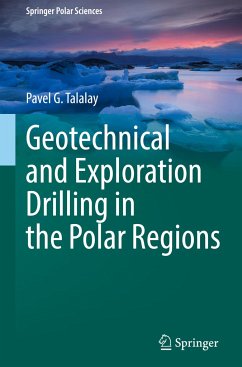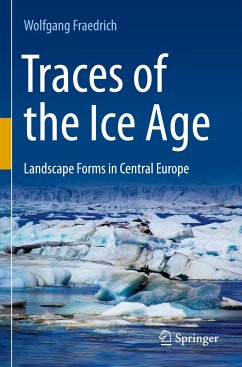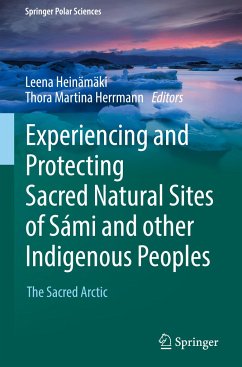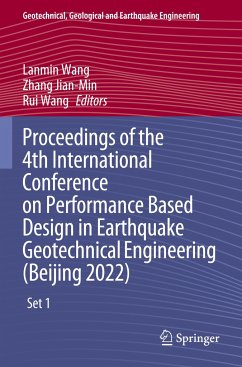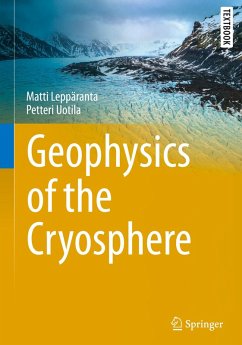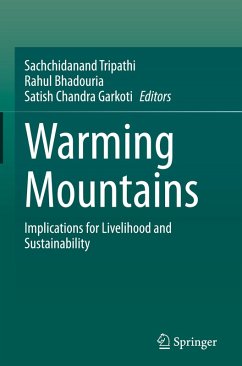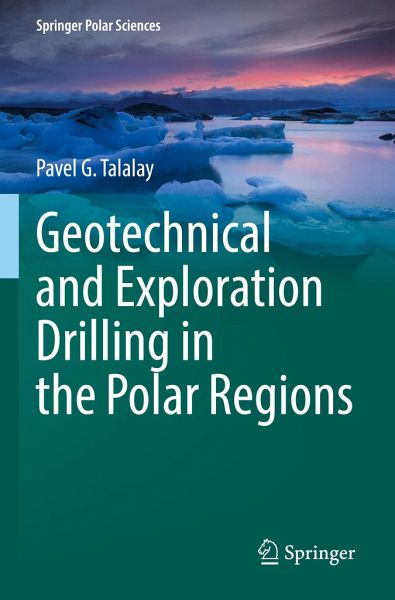
Geotechnical and Exploration Drilling in the Polar Regions
Versandkostenfrei!
Versandfertig in 6-10 Tagen
113,99 €
inkl. MwSt.
Weitere Ausgaben:

PAYBACK Punkte
57 °P sammeln!
This book provides a comprehensive review of drilling technologies in the polar regions, from the portable drilling equipment for shallow sampling and coring, to heavy drilling equipment for deep onshore and offshore drilling. Particular attention is given to safe drilling methods in permafrost. In recent years, interest in drilling in the polar regions has increased under the pressure of the geopolitical "rush" and the undiscovered resource potential. In addition, borehole monitoring of permafrost thermal states is urgently needed to obtain evidence of climate change. The book focuses on the ...
This book provides a comprehensive review of drilling technologies in the polar regions, from the portable drilling equipment for shallow sampling and coring, to heavy drilling equipment for deep onshore and offshore drilling. Particular attention is given to safe drilling methods in permafrost. In recent years, interest in drilling in the polar regions has increased under the pressure of the geopolitical "rush" and the undiscovered resource potential. In addition, borehole monitoring of permafrost thermal states is urgently needed to obtain evidence of climate change. The book focuses on the latest drilling technologies but also discusses the historical development of sampling, and drilling tools and devices, over the last 60-70 years providing valuable insights into a way forward and future possibilities.





